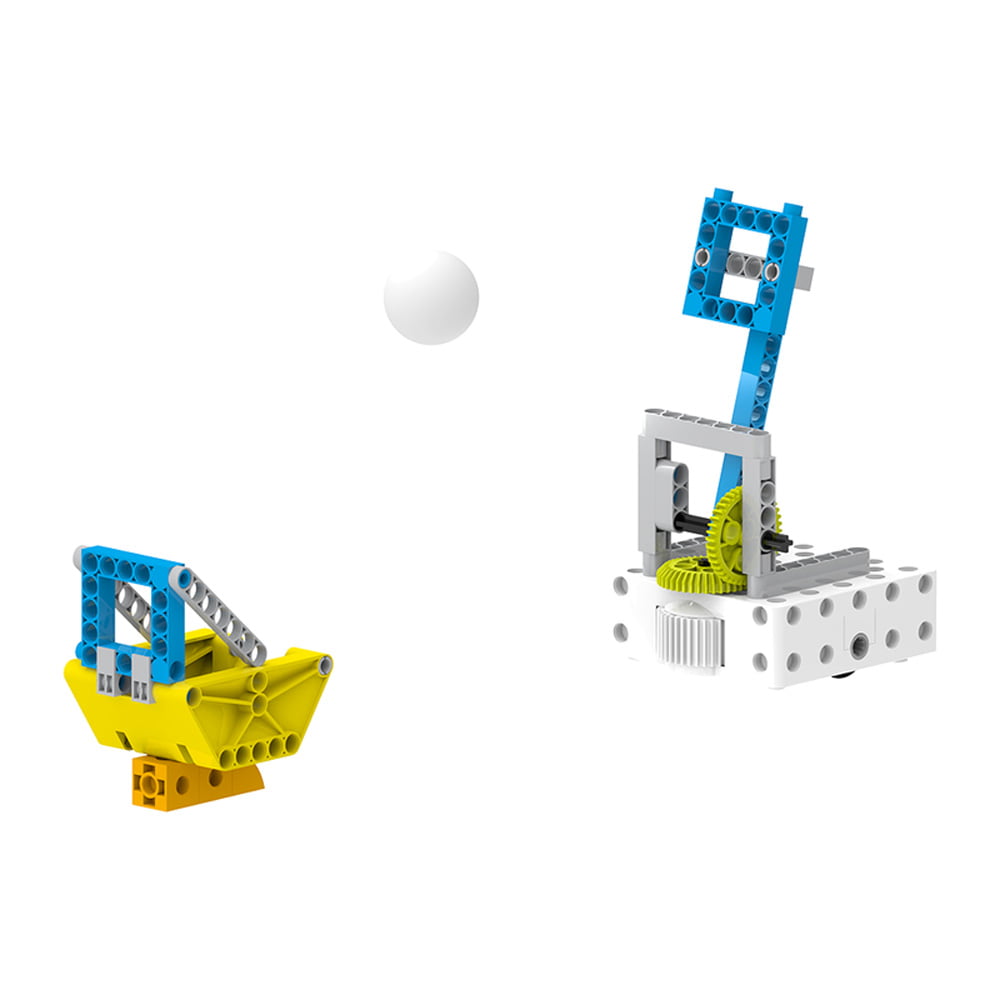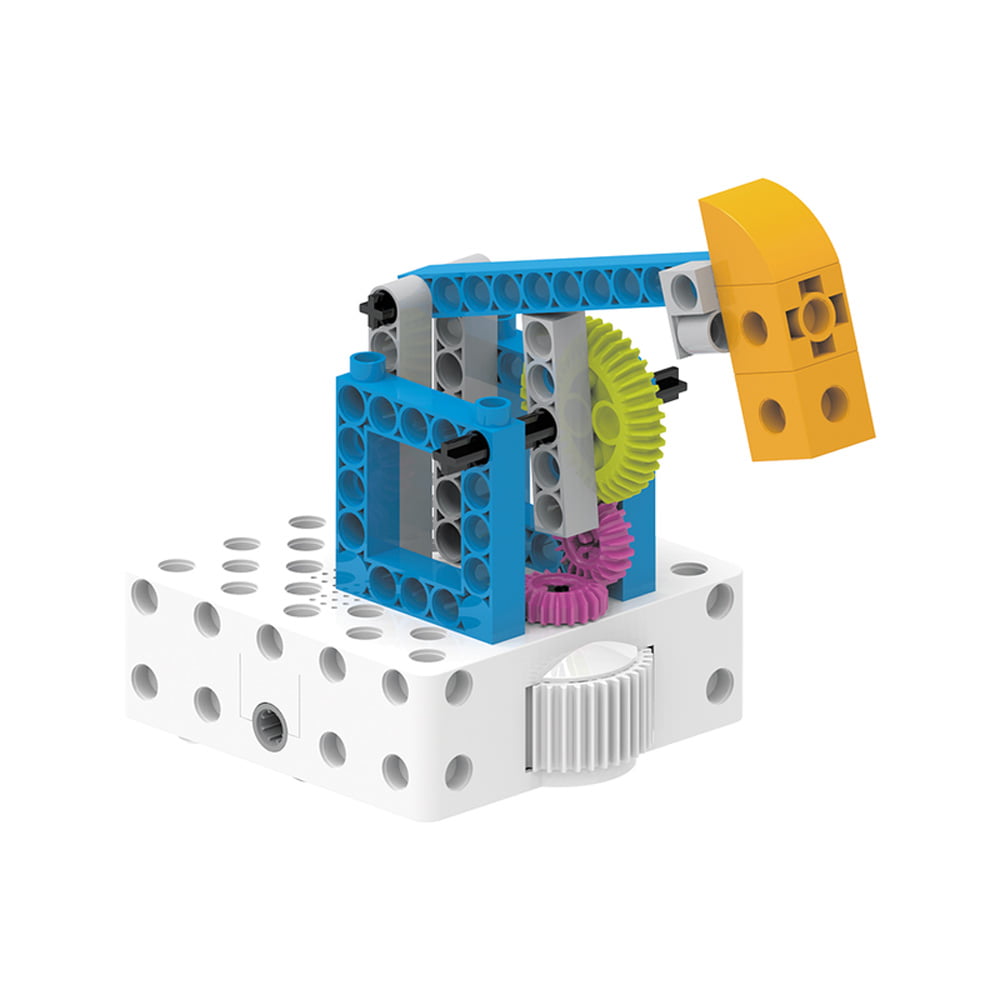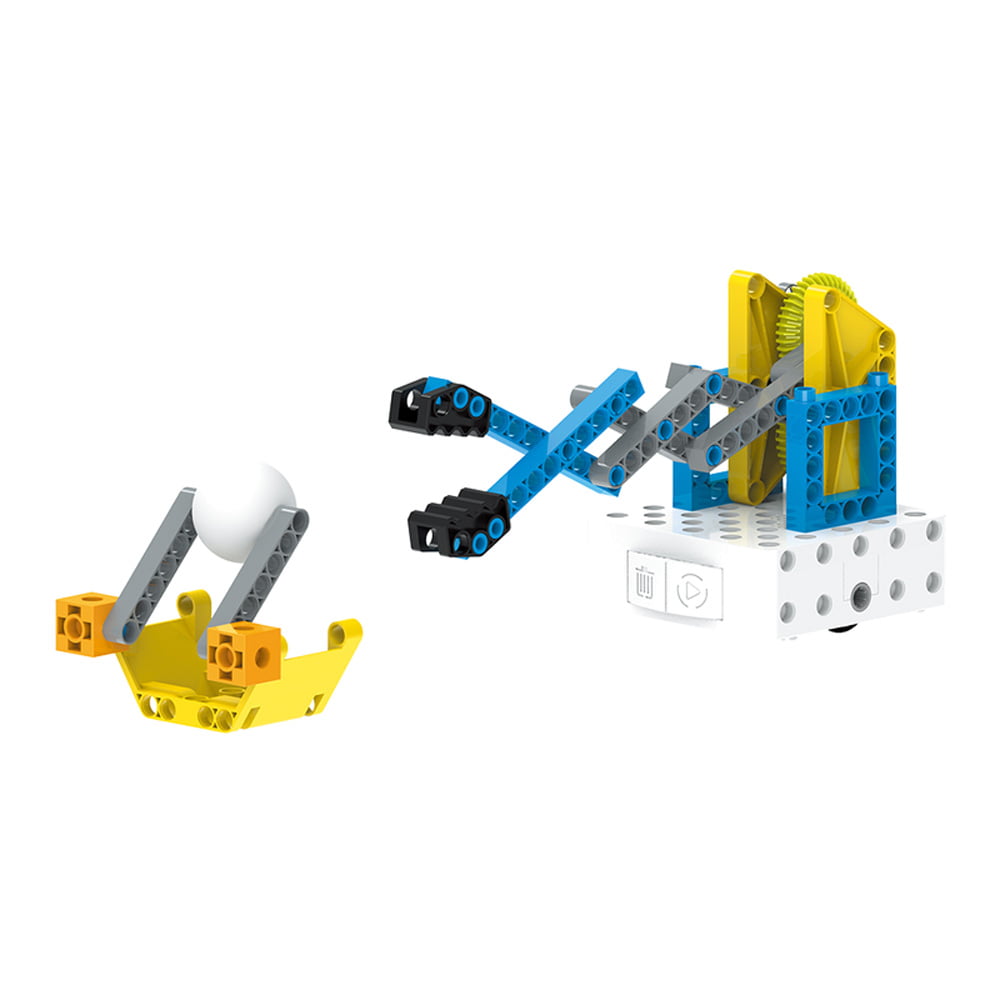Robot, My Friend and Partner
coding

STEM Education offers the children of the first grades of Primary School the opportunity to create and “codify” their first functional constructions!
Each lesson is a different story – a challenge that teaches children the basic programming principles they need to bring to life the structures they build with their own hands.
- How can I design a smart code that will make a difference?
- How can I build mechanisms that will allow my robot to perform tasks?
- How can I program a robot to work without my presence?
By combining operating mechanisms with short, smart codes we can tackle any problem quickly and efficiently!
So let’s program!
This cute sandwich robot teaches algorithmic thinking and develops STEM skills in pre-school children. It does not require the use of a tablet or computer for programming. Codes are simply created with a series of command cards that consist the algorithmic “path”. On the track, the robot moves in different directions, activates mechanisms, turns on the LED lights, plays sounds and responds to different action cards.
Kids First Coding & Robotics also teaches science, engineering and problem-solving skills through a course of study. For this reason, Kids First Coding & Robotics was selected by WRO Hellas as the proposed equipment for the first pilot STEAM Kindergarten educational contest: “A Walk in My City,” where preschool children will make their first algorithm and present their city in a simple way, while developing their artistic and social skills.


